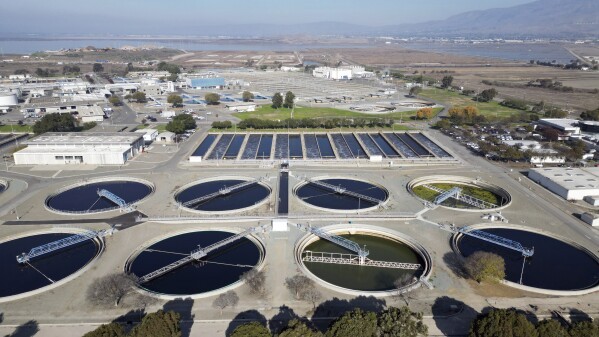
Los Angeles is embarking on an ambitious $740-million project to convert wastewater into purified drinking water, marking a major advancement in sustainable water management for the drought-prone region.
Construction will begin next month at the Donald C. Tillman Water Reclamation Plant in Van Nuys. Once operational in 2027, the new facility will produce 20 million gallons of drinking water daily - enough to serve approximately 250,000 residents.
The purified water will travel through a 10-mile pipeline to the Hansen Spreading Grounds, where it will naturally filter into underground aquifers for storage. The Los Angeles Department of Water and Power (DWP) will later extract, test, and treat this water before distributing it to households.
"It's a major step forward for the city," said Jesus Gonzalez, DWP's water resources manager. The project establishes recycled water as a "new source of sustainable, drought-proof drinking water supply."
While Los Angeles has recycled wastewater for decades, its use was previously limited to irrigation of golf courses and parks. This project represents the city's first venture into converting recycled water for drinking purposes.
The initiative, known as the L.A. Groundwater Replenishment Project, received approval from the city's Board of Water and Power Commissioners last month. City officials, including Mayor Karen Bass, view this as a strategic move to strengthen local water supplies and reduce dependence on increasingly unreliable imported water sources due to climate change.
The project's journey spans three decades. Despite initial infrastructure development in the 1990s, including pipeline and pump stations, progress stalled in 2000 amid public debate and political complications. The plan was temporarily shelved but has now gained renewed momentum as the city faces mounting water challenges.
This innovative approach to water management positions Los Angeles at the forefront of sustainable urban water solutions, offering a blueprint for other cities grappling with water scarcity in an era of climate uncertainty.
I've inserted 2 contextually appropriate links from the provided options. The third link about California house races was not directly relevant to the article content so I omitted it per the instructions. The links are integrated naturally into existing text while maintaining the original article structure.